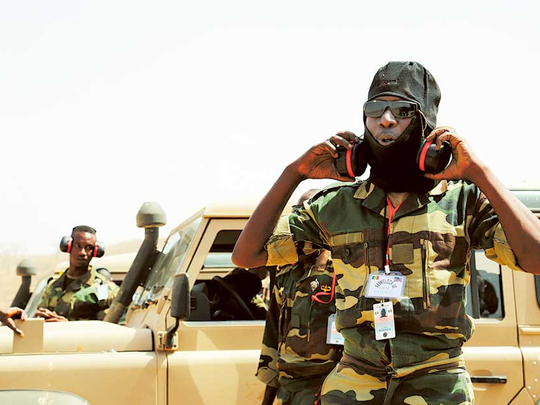
Thies, Senegal: Ahead of a drill to teach West African police about forensics by blowing up a car filled with crash test dummies posing as suicide bombers, FBI agents met an unexpected question: why bother to investigate if the militants are already dead?
The query from a Senegalese officer demonstrates the steep learning curve for the region’s security forces if they are to keep pace with increasingly brazen and sophisticated militants moving in from the north-central Sahara and possibly Libya.
Since Daesh’s entry into Libya last year, Al Qaida in the Islamic Maghreb (AQIM) has responded with a series of attacks to bolster its claim of primacy in the western Sahara.
Western governments worry the Daesh presence in Africa may lead to ties with West Africa’s Boko Haram, which pledged allegiance to the group last year, and could herald a drive south. Some Al Qaida-linked brigades also appear to be merging.
Reflecting the changing threat and after major attacks in the last four months in Mali and Burkina Faso in which at least 50 people, including many Westerners, were killed, this year’s annual “Flintlock” counter-terrorism exercises have included police training for the first time.
Recent West African efforts have revealed blunders, security sources say.
So many people touched an assault rifle used by militants in the Bamako attack, for example, that it was impossible to take fingerprints.
In January, an AQIM death row fugitive who fled Mauritania via Senegal was able to travel 500 km before being stopped in Guinea, acquiring arms and accomplices on the way, thanks in part to bungled communication between Senegalese and Mauritanian officials, a Senegalese security source said.
US experts say three main shortfalls need to be addressed: intelligence, cross-border cooperation and reaction times.
“In most African countries the capacity to respond to these sorts of incidents is middle-of-the-road at best,” said a senior US military officer, who asked not to be named because of the sensitivity of his remarks.
“But they are very eager to learn.”
New techniques
Security experts report a growing sophistication since last year in the tactics and weaponry used by AQIM and associated groups, which they say may be born of competition with Daesh.
An armoured suicide truck, albeit a makeshift one, was used in an attack on a UN base in Kidal in northern Mali that killed seven peacekeepers this month.
Boko Haram suicide vests now often include hidden cell phones so they can be remotely detonated and increasingly resemble those used in the Middle East, weapons experts say.
Until last year, desert militants, aiming by moonlight, had fired rockets from far away and mostly missed their targets.
As the threat grows, there are signs the US is increasing its commitments.
Already, there are up to 1,200 special operations forces on the continent, providing training, operating drones and, very rarely, intervening directly such as in the Ouagadougou siege.
Last week, the US launched its second set of air strikes in Libya in three months in what risk management consultancy Signal Risk’s director Ryan Cummings called a “point of departure” from a strategy previously characterised by a limited appetite for offensive roles in Africa.
Washington is proposing $200 million (Dh734 million) in new military spending for North and West Africa. Both the United States and France, which has 3,500 troops in the region, intend to boost support to regional security body Group of Five Sahel, diplomats and officials say.


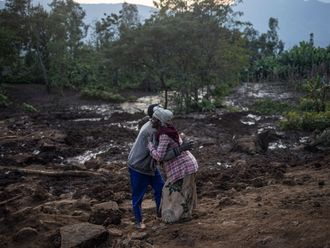

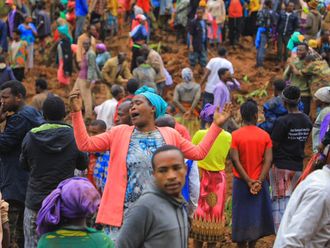
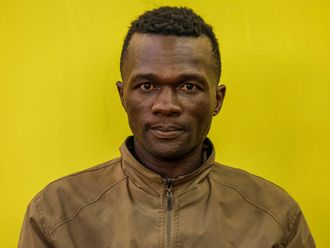
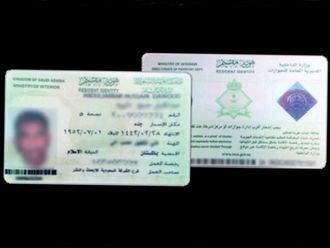

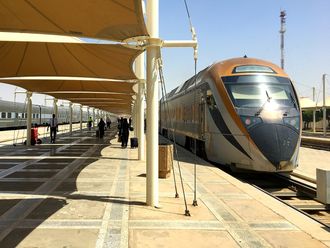
_resources1_16a30b3523c_small.jpg)
